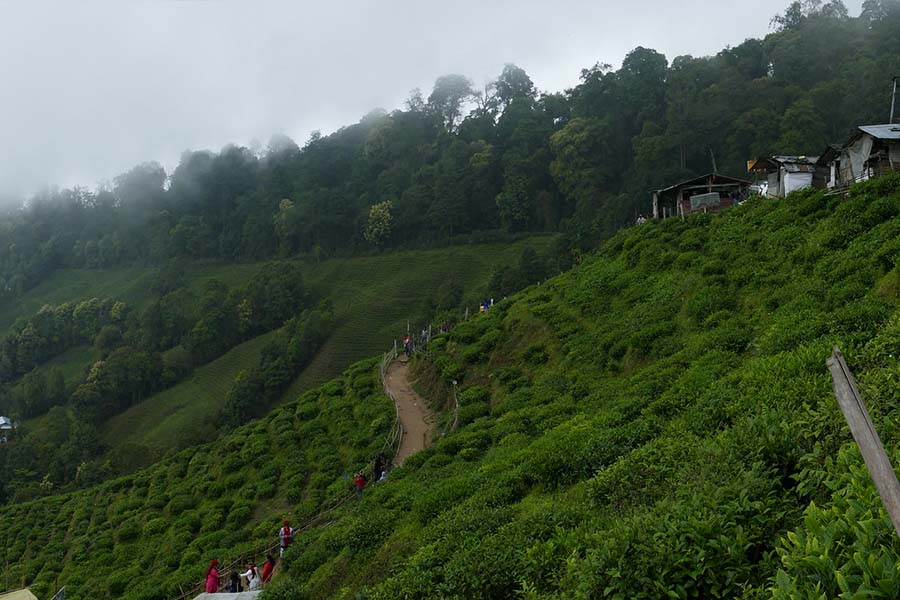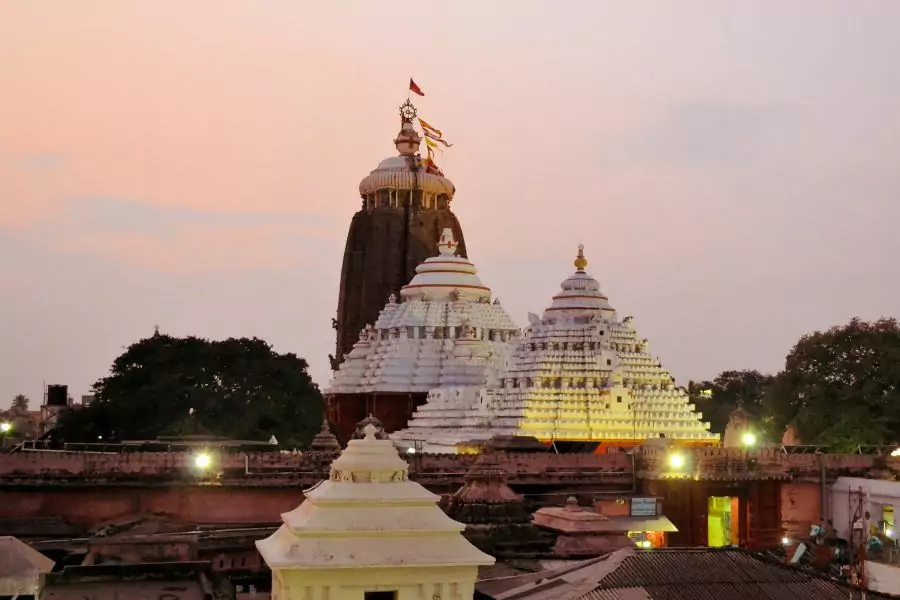Bhaktapur, 10 Places to visit Bhaktapur – Best time to Visit

Nestled in the Kathmandu Valley, Bhaktapur stands as a testament to Nepal’s rich tapestry of history, culture, and art. Known as the “City of Devotees,” Bhaktapur transports you back in time with its well-preserved temples, palaces, and courtyards. Every corner of this ancient city tells a story of its glorious past, making it a living museum that showcases Nepal’s medieval era.
1. Bhaktapur Durbar Square

At the heart of Bhaktapur lies the Durbar Square, a UNESCO World Heritage Site that epitomizes the city’s architectural grandeur. The square bustles with cultural and religious activities, surrounded by palaces, temples, and statues. The 55-Window Palace, with its intricately carved wooden windows, showcases the finest Newari architecture. Nearby, you’ll find the Vatsala Temple, famous for its stone craftsmanship, and the Golden Gate, an exquisite example of metalwork.
2. Nyatapola Temple

The Nyatapola Temple, towering at 30 meters, holds the title of Nepal’s tallest pagoda-style temple. Constructed in 1702, this five-tiered temple honors Siddhi Lakshmi, the goddess of prosperity. The massive stone figures of mythological guardians that flank the temple steps further enhance its grandeur. Nyatapola stands not only as a place of worship but also as a symbol of Bhaktapur’s artistic and architectural prowess.
3. Bhairavnath Temple
Located near Nyatapola Temple, Bhairavnath Temple is dedicated to Lord Bhairav, a fierce manifestation of Lord Shiva. The temple’s three-tiered structure and its ornate woodwork highlight the pinnacle of Newari craftsmanship. Bhairavnath Temple plays a significant role in Bhaktapur’s cultural heritage, especially during the Bisket Jatra festival when the image of Bhairav is paraded through the streets.
4. Dattatreya Square

Dattatreya Square, another gem in Bhaktapur, houses the Dattatreya Temple, believed to be constructed from the wood of a single tree. The temple is dedicated to the trinity of Brahma, Vishnu, and Shiva, making it a unique religious site that draws both pilgrims and tourists. The square also features the Bhimsen Temple and several intricately carved peacock windows, a treat for art enthusiasts.
5. Pottery Square
Bhaktapur’s fame for pottery is well-deserved, and a visit to Pottery Square offers a firsthand experience of this traditional craft. Rows of clay pots, shaped, dried, and fired in open kilns, fill the square. Visitors can watch skilled potters at work or even try their hand at making a pot. Pottery Square serves as a living testament to Bhaktapur’s enduring cultural traditions.
6. Taumadhi Square
Taumadhi Square is home to the towering Nyatapola Temple, but it also hosts other significant monuments like the Bhairavnath Temple. The square remains lively, often filled with locals and visitors soaking in the historical ambiance. The nearby Taleju Bell, once used to signal the city’s curfew, adds a historical charm to the square.
7. Changu Narayan Temple
A short distance from Bhaktapur, Changu Narayan Temple is another UNESCO World Heritage Site and is considered Nepal’s oldest temple. Dedicated to Lord Vishnu, the temple stands as an architectural wonder with intricate carvings and ancient inscriptions. Perched on a hilltop, the temple offers stunning views of the surrounding valley and provides a serene atmosphere for reflection.
8. Siddha Pokhari
Siddha Pokhari, also known as Ta Pukhu, is a large rectangular pond near Bhaktapur’s entrance. Built during King Yakshya Malla’s reign in the 15th century, this ancient water reservoir serves as both a water source and a place of tranquility. The reflection of surrounding temples and buildings in the pond creates a picturesque scene, perfect for photography.
9. Peacock Window
The Peacock Window is one of Bhaktapur’s most famous architectural pieces. Located in Dattatreya Square, this wooden window is intricately carved to resemble a peacock spreading its feathers. The craftsmanship of this window exemplifies the Newar woodcarving tradition, making it an iconic symbol of Bhaktapur’s artistic heritage.
10. Bisket Jatra
Visiting Bhaktapur in April offers a chance to witness the vibrant Bisket Jatra festival. This ancient festival marks the Nepali New Year and includes grand processions, chariot rides, and traditional music. The festival’s highlight is the pulling of massive chariots carrying the images of Bhairav and Bhadrakali through Bhaktapur’s streets, attracting crowds from across the valley.
11. Thangka Painting
Bhaktapur is renowned for its traditional Thangka paintings, which intricately depict Buddhist deities and mandalas. These paintings serve as both religious artifacts and works of art, requiring immense skill and patience. Visitors can explore workshops where these paintings are crafted and even purchase one as a unique souvenir.
12. Local Cuisine
No visit to Bhaktapur is complete without sampling the local cuisine. The city is famous for its Newari dishes like Juju Dhau (King Curd), a rich and creamy yogurt, and Yomari, a sweet dumpling filled with molasses and sesame seeds. Wander through the narrow alleys to discover eateries serving traditional Newari meals that will tantalize your taste buds.
Conclusion
Bhaktapur is more than just a city; it’s a living museum where history, culture, and art converge to create an unforgettable experience. Whether you’re exploring its ancient squares, marveling at its temples, or savoring its local delicacies, Bhaktapur offers a journey through time that leaves you enchanted. This city, with its timeless beauty and vibrant traditions, is a must-visit for anyone looking to immerse themselves in the rich heritage of Nepal.
FAQs
1. What is the best time to visit Bhaktapur?
The best time to visit Bhaktapur is during spring (March to May) and autumn (September to November) when the weather is mild and festivals like Bisket Jatra are celebrated.
2. How long should I spend in Bhaktapur?
A day trip suffices for seeing the major attractions, but staying overnight lets you explore the city at a leisurely pace and experience its night-time charm.
3. Is Bhaktapur safe for tourists?
Yes, Bhaktapur is generally safe for tourists. The city is small with a friendly local population, but like any tourist destination, standard precautions are advisable.
4. What should I wear when visiting Bhaktapur?
Dress modestly, especially when visiting temples. Comfortable walking shoes are recommended as the city’s streets are often cobbled and uneven.
5. Do I need a ticket to enter Bhaktapur?
Yes, there is an entrance fee for visitors to Bhaktapur, which supports the preservation of its heritage sites.


